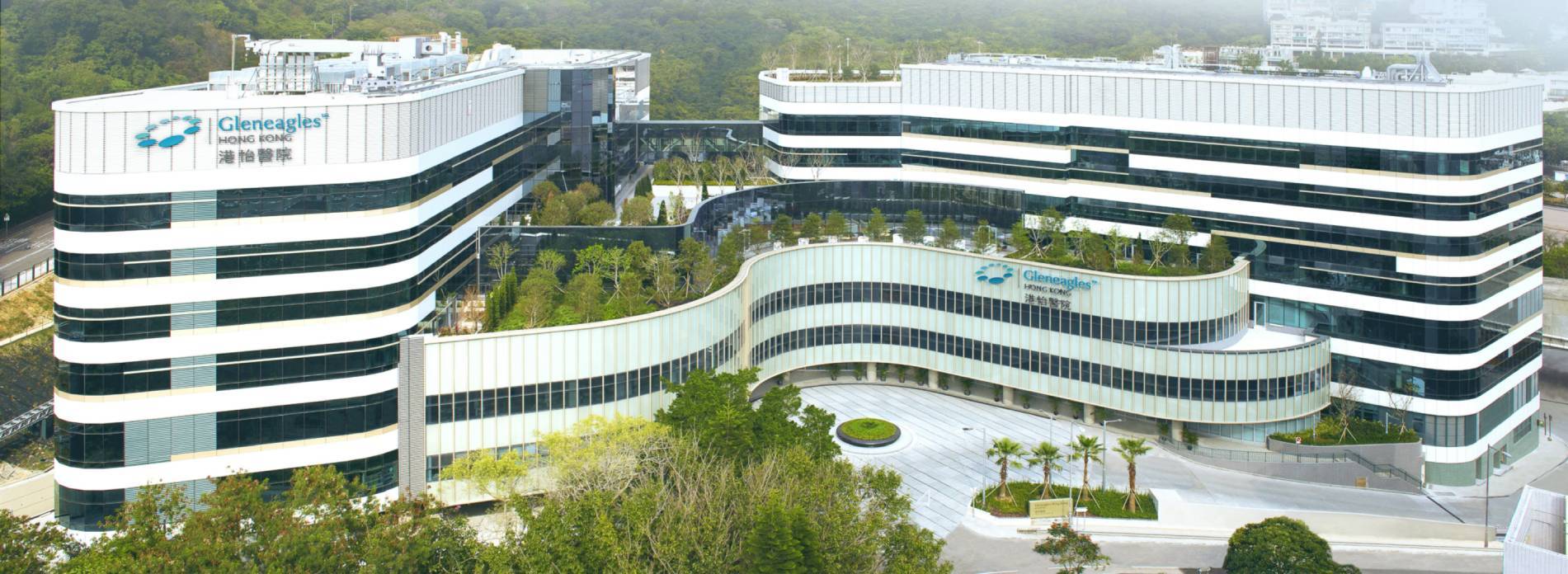Endoscopic Retrograde Cholangio-Pancreatography (ERCP)
What is Endoscopic Retrograde Cholangio-Pancreatography (ERCP)?
ERCP is a procedure used to visualise the bile duct and pancreas by producing detailed X-ray images. A very long and flexible tube called an endoscope is inserted through the mouth and carefully pushed down into the stomach and round into the first part of the small intestine (the duodenum). The endoscope is then used to locate the opening of the bile duct that empties into the duodenum. This opening is called a papilla. A small plastic tube is then passed down the endoscope through the papilla to reach the bile duct and the pancreatic duct. After that, a small amount of dye is injected into the ducts to allow X-ray image capture.
Why is Endoscopic Retrograde Cholangio-Pancreatography (ERCP) required?
Doctors might recommend an ERCP to assess and treat the patient’s symptoms and conditions including jaundice (yellowing of the skin and eyes) and upper-abdominal pain. ERCP is also used if the doctor suspects the presence of bile duct stones, tumours in the bile duct, liver or pancreas, and if the bile duct or the pancreatic duct is blocked. It is also used before and after gallbladder surgery to improve the surgical procedure.





